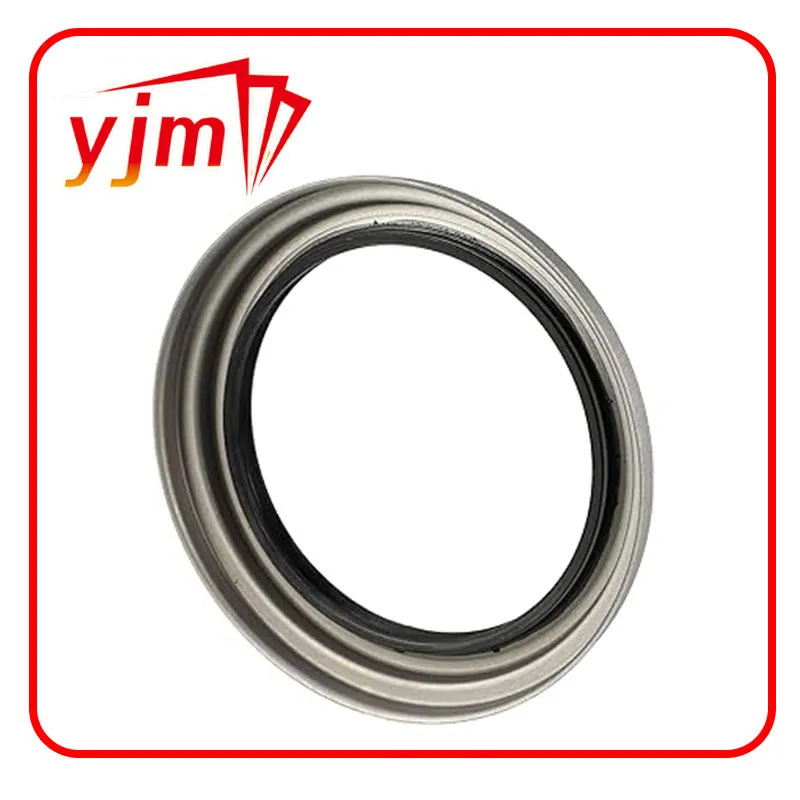engine oil gasket
Understanding Engine Oil Gaskets Essential Components for Your Vehicle
Engine oil gaskets are critical components in the functioning of an automobile's engine. They are essential for maintaining the integrity of the engine's oil system, ensuring that oil is contained within certain areas while preventing leaks that could lead to severe mechanical issues. In this article, we will delve into the function, types, common issues, and maintenance of engine oil gaskets.
Function of Engine Oil Gaskets
The primary function of engine oil gaskets is to seal the joints between various engine components to prevent the leakage of oil and other fluids. These gaskets are designed to withstand extreme temperatures and pressures within the engine. They are usually located between the oil pan and the engine block, as well as between components such as the valve cover and cylinder head. By creating a tight seal, these gaskets help maintain the appropriate oil pressure necessary for efficient engine performance.
In addition to preventing oil leaks, engine oil gaskets also play a role in maintaining the engine's overall health. A well-sealed engine ensures that oil circulates properly, lubricating the moving parts, reducing friction, and preventing wear. This not only extends the lifespan of the engine but also enhances its performance.
Types of Engine Oil Gaskets
There are several types of gaskets used in engine oil applications, each designed for specific purposes
1. Oil Pan Gaskets These gaskets seal the oil pan to the engine block. They are typically made of materials such as rubber or silicone and are crucial for preventing oil from leaking out of the bottom of the engine.
2. Valve Cover Gaskets This type seals the valve cover to the cylinder head. It prevents oil from leaking into the engine compartment and keeps contaminants out of the engine.
3. Rear Main Seal Located at the back of the engine, this seal is instrumental in preventing oil from leaking out where the crankshaft exits the engine block.
4. Front Cover Gaskets These gaskets seal the front cover of the engine, which contains important components such as the timing chain or belt.
Each type of gasket has unique specifications regarding material and design, specifically engineered to suit the demands of the engine's operation.
engine oil gasket

Common Issues with Engine Oil Gaskets
Despite their robust design, engine oil gaskets can develop problems over time. The most common issues include
- Wear and Tear Gaskets can degrade due to prolonged exposure to heat and pressure. Over time, this can lead to cracks or breaks, causing leaks.
- Improper Installation If a gasket is not installed correctly, it may not seal properly, leading to leaks.
- Contaminants Engine oil can become contaminated with dirt or debris, which can affect gasket integrity and lead to failure.
- Age Like many components, gaskets have a lifespan. Over time, the materials can become brittle and less effective at sealing.
Maintenance and Replacement
Regular maintenance can help extend the life of engine oil gaskets. It's essential to monitor for any signs of oil leaks and address them promptly. If you notice oil pooling under your vehicle or oil spots on the engine, this could indicate a gasket problem.
When it comes to replacing gaskets, it's vital to use high-quality parts that meet the manufacturer's specifications. Professional installation is also recommended to ensure that gaskets are fitted correctly, minimizing the chances of future leaks.
Conclusion
In summary, engine oil gaskets are vital components that maintain the integrity and efficiency of your vehicle's engine. Understanding their function, types, common issues, and maintenance needs can help you keep your engine running smoothly. Regular inspections and timely replacements can prevent costly repairs and improve your vehicle's performance, ensuring that you enjoy a reliable driving experience for years to come.
-
Understanding the Front Main Engine Seal: Purpose, Maintenance, and Installation
News Jul.29,2025
-
Understanding O-Rings and Seal Rings: Types, Applications, and Custom Solutions
News Jul.29,2025
-
Understanding Crankshaft Oil Seals: Rear Seals, Pulley Seals, and Their Role in Engine Integrity
News Jul.29,2025
-
The Importance of Front and Rear Crankshaft Seals in Engine Performance and Oil Management
News Jul.29,2025
-
Crank Oil Seals: Functions, Types, and Cost Considerations in Engine Maintenance
News Jul.29,2025
-
A Comprehensive Guide to O-Rings and Seals: Types, Materials, and Global Applications
News Jul.29,2025
-
Mastering Diesel and Performance Engine Maintenance: A Guide to Critical Oil Gaskets
News Jul.28,2025
Products categories















